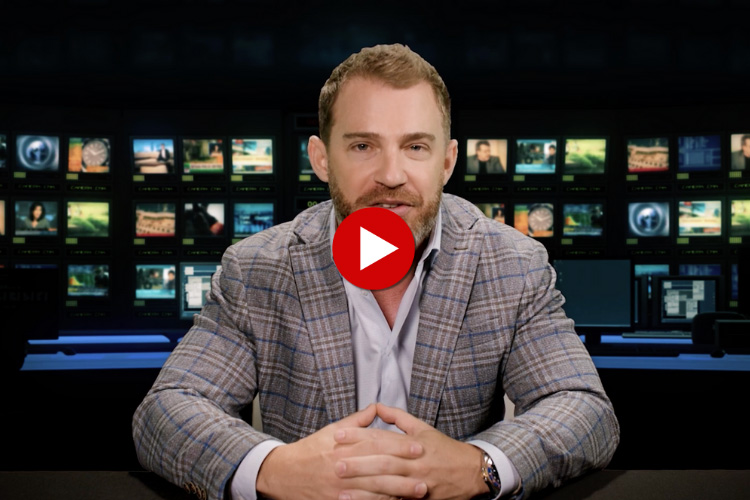In yesterday’s issue, I told you that when and where you sell is the single most important contributor to your success as a trader.
And today, I want to explain why knowing when to buy is also extremely important.
But first, let’s quickly review some basic stock trading terminology…
The Bid & The Ask
As many of you know, every security has a “bid” price and an “ask” price.
The bid price is the price that someone is willing to pay for a security.
Just like you might bid on an item at an auction, traders place their bids for stocks they want to buy.
On the other hand, the ask price is the price that someone wants to receive for a security.
In other words, the ask price is what the owner of the security is asking the potential buyer to pay.
The difference between the bid and the ask is called the spread.
The spread can be very small (a penny) or very large (several dollars) depending on different factors.
And that’s what I want to talk to you about today.
Wait for the Opening Bell
To understand why I never place buy or sell orders before the market opens, check out the image below…
This was the spread on HCI Group, Inc. (HCI) stock yesterday at 9:10 a.m. ET… 20 minutes before the market open.
The bid, or where you would get filled on a market sell order, was $91.21.
The ask, or the price where you can buy, was $129.00.
That’s a spread of nearly $38 between the bid and ask prices.
In other words, if you bought the stock and then immediately sold it, you would be down 29.3% on the trade in seconds!
High-volume stocks like Apple Inc. (AAPL) don’t have this problem. There is plenty of liquidity in these large-cap stocks.
Even in pre-market trading, the spread will be very tight – usually just a few cents.
But smaller, thinly traded stocks like HCI can have huge pre-market spreads.
For a few more examples, check out a few of our recent Watchlist stocks 10 minutes before Thursday’s open:
There are traders on the other side of those orders hoping you will be dumb enough buy at the market before the exchange opens.
They love nothing more than scalping amateur traders and handing out expensive lessons on order placement.
Don’t give them the pleasure. Instead, take this helpful piece of advice and stick to it…
Only place trades between the regular market hours of 9:30 a.m. ET and 4:00 p.m. ET.
Embrace the Surge,



